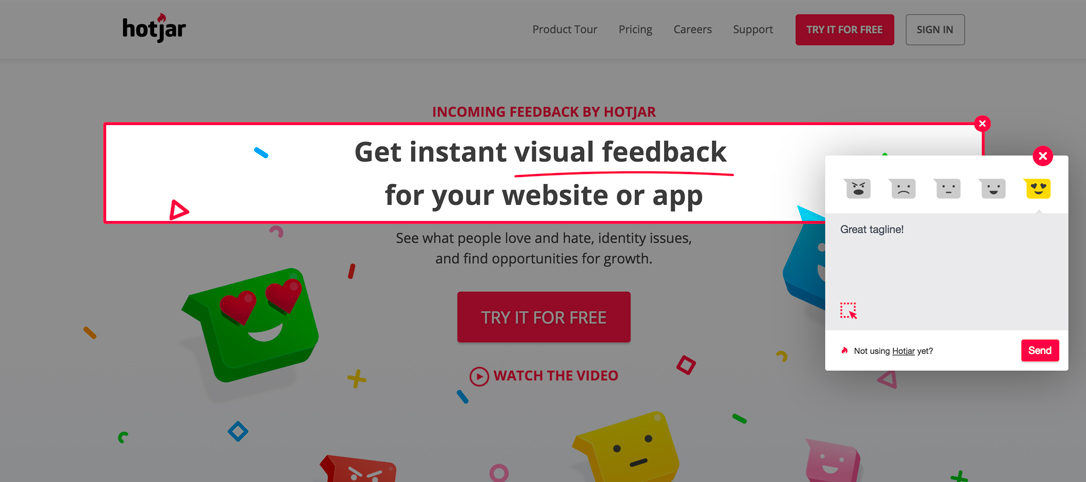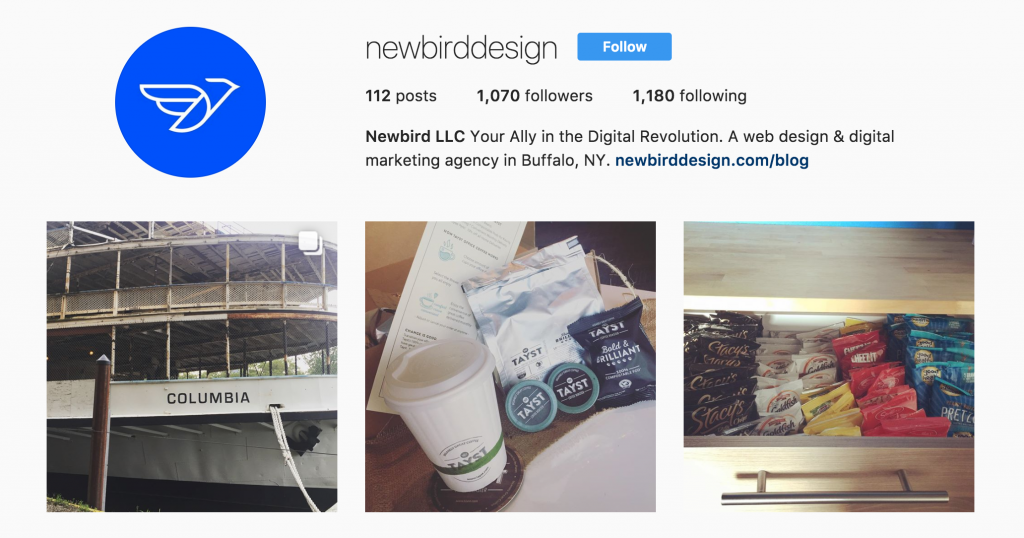For anyone running an eCommerce store, you know that your site’s conversion rate is one of the most important metrics to gauge the overall success of your business. If you feel you’re coming up short, then it’s time to start thinking about what big-picture changes you can make to improve. We recommend letting go of any preconceived notions you have about why you aren’t reaching your goals while opening the door to outside of the box possibilities. You may be surprised to find out that it could be as simple as one large missing piece to the puzzle, or there may be many small reasons your site isn’t converting.
Not sure where to start? Below are 4 proven tips to get you started on improving your site’s conversion rate.

Prioritise Usability
Whenever you’re making changes to your site, whether it’s to promote a sale or to simply “refresh” your design, always make sure you’re putting your user’s experience above anything else. One of the most common mistakes in WooCommerce web design is letting flashy graphics and gimmicks get in the way of a user’s ability to complete a sale.
Yes, running your own online business is a creative experience, and it can be very satisfying to design and operate a store that’s truly unique to your brand. Still, it’s important not to stray too far away from certain established conventions. In many cases, this leads to slow loading times, poor navigation, irritating checkout processes, and a high bounce rate.
Want to know whether or not your site’s user experience is the cause for poor conversions? We recommend installing user experience software on your website, from which you should be able to analyze the both the strengths and weaknesses of your site. You can read all the benefits of this type of tool in one of our recent blog posts: Website Heatmaps & Visitor Recordings with Hotjar.
Constantly Refine Your Customer Service
If shoppers have a problem with the product they receive, or can’t figure out how to use a certain function of your website, then what happens next could mean the difference between getting the conversion of a satisfied customer, or losing your chance with that person forever.
Aside from designing and developing a user-friendly site, you need to make sure you’re providing world-class customer service both online and offline. Best practice would be to make sure someone’s regularly available to answer customer questions, process refunds, provide support for customer service issues, and help the customer in any other practical way.
One great, but often overlooked eCommerce functionality, is the integration of a live customer messaging platform. Having a live chat on your website will not only save you time but save the customer the trouble of calling a customer service number to ask one simple question. Plus, being able to communicate with the customer directly when they are on your site and ready to purchase exponentially increases the opportunity for you to make the sale.

Leverage Social Proof
Social media can be one of the greatest assets in your eCommerce company’s arsenal. Typically, the majority of consumers who have never purchased from you before will look to social media to establish your company’s level of trust. This may often include referencing online reviews, or simply visiting your social media platforms to see how active and engaged you are with customers. It’s important to always maintain some semblance of activity on social media, and study all the best practices when it comes to handling customer service issues on these platforms. Your social media performance could often make or break a user’s decision whether or not to make a purchase on your website, so make sure your great customer service skills are always shining.
Take Customer Feedback to Heart
If after accomplishing some of this baseline “must haves,” you still haven’t seen the results you’d like, it’s time to start asking your current and former customers for their feedback. These types of surveys can be conducted through many different methods, such as embedding a form on an order confirmation page or sending an email survey to a segmented list of users. Try open-ended questions, such as “how would you describe us to friends/family?” or “what are 2 or 3 things that almost stopped you from doing business with us?” Conducting these types of surveys may open your eyes to issues throughout the purchasing process that you didn’t even think existed, and improving the process could lead to an improved conversion rate.